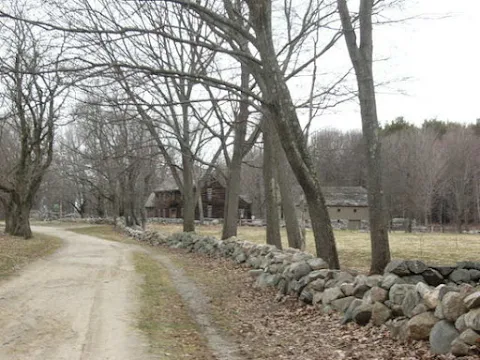I have long looked at this game and thought It would be interesting to play. It looked like fun and was a period I was very interested in. So when a friend, Art from Aide de Camp Books was having a sale I snapped this game up. And I am most glad I did.
Although I have played board games in the past (Avalon Hill types) this game is most different. Instead of cardboard counters this has blocks. One side is blank the other side identifies the unit and gives you it's combat strength and step reduction. As you move the blocks your opponent does not know what you are moving. Is it a full strength unit or reduced strength. Perfect for fog of war and bluffing your opponent.
Movement is point to point. Because it is New York/ Manhattan it is surrounded by water. The British have ships which can transport troops. American have limited movement across channels. Forts and cities can block ship movements so create strategic options for both players.
Once both sides come into contact you move to the battle board where you fight the battle. The British have stronger units and American Militia can be brittle. Each side has advantages and disadvantages. The British want to close and fight it out. The Americans want to avoid that. The entire campaign resembles the old classic boxing matches between Muhammad Ali and Joe Frazier. There is a lot more to the campaign then meets the eye. And a most challenging game. I think this would be a outstanding way to fight out a campaign with map movement and fighting it out on the table top. Inspired, I looked through the companies catalog. I think a number of games would be perfect for this.

A good thing about having my son living at home is he is willing to play games with me. So we brought the game out and set it up. There are two boards. The first is the strategic movement board. It shows Manhattan, Long Island and Westchester county. This is where you set up your troops and ships. Your movements here determine if there is a battle; which sets up on a second board. It's a simple system which creates complicated results.
I will not go into a move by move description of a game. But the Americans have to stay alive and outlast the British. There army is more numerous but much weaker. The British are much stronger it they cannot be everywhere at once. It is difficult to coordinate ship and land movements but when it goes right it is a beautiful thing to behold. Howe is looking for a knock out punch and Washington is looking to avoid it. That is how the games between Nathan and I are going. I also have the baggage of trying to follow historical events as I play. What did Howe/Washington do here. Nathan not burdened by such thought is much more free wheeling and thinks out of the box. So naturally he wins most of the games!




































